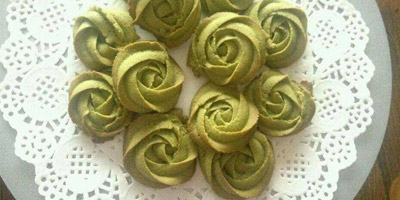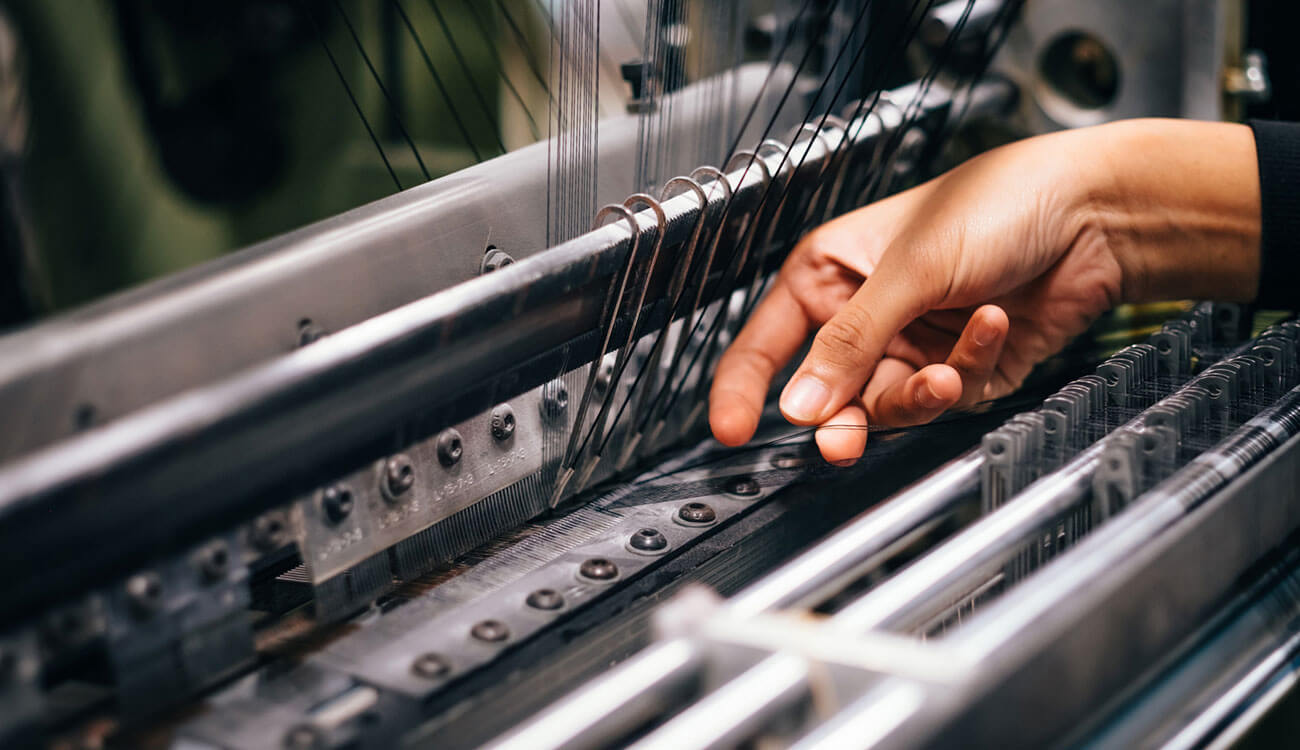
You can have as much fun building a wardrobe for your one-three years old as you had selecting her layette when she was a baby. Although a few of the rules change, the cute factor for dressing toddlers is the same as it was for choosing babywear.
Now that your tot is walking, running, climbing, using the potty (or learning to), and insisting on doing practically everything “all by myself,” you’ll want to keep certain factors in mind when you dress your darling.
What to look for when buying clothes for your toddler
When you’re shopping for toddler clothes, look for garb that:
- Won’t blow your budget. While your toddler’s growth rate is a bit slower than the baby pace, you’ll still be lucky to get more than a season out of most clothing you buy, so why break the bank? Take advantage of sales, and don’t turn your nose up at consignment stores. When it comes to basic tops and bottoms, dressing toddlers in pre-worn wear makes good (dollars and) sense.
- Will hold up. Not only do toddler clothes need to withstand lots of wear-and-tear (think playground to puddle and back again), they also need to make it through multiple washings and dryings.
- Meets comfy criteria. A toddler’s skin is still as delicate and sensitive as a baby’s, so parents should be dressing toddlers in soft fabrics like stretchy cotton, which is breathable and super-easy to move in. Also check for well-finished seams that won’t rub and non-scratchy tags (which you can always cut out, of course), and beware of appliqués and other decorative elements that can itch or irritate.
- Are a good fit. It’s important to get the right size clothes for your little one so she’s comfortable.
Toddler clothing sizes
Here’s how toddler clothing sizes generally break down according to a child’s height and weight:
- 2T: 25–27 lbs., 32–34 in.
- 3T: 28–32 lbs., 35–37 in.
- 4T: 33–36 lbs., 38–40 in.
- 5T: 37–42 lbs., 41–43 in.
Toddler dressing tips
Here are some other things to keep in mind when dressing your toddler:
- If your child is on the short side, she may be able to wear clothing labeled in month sizes (for a baby) rather than in the T (toddler) size. Month sizes have the same weight range but a slightly lower height range.
- European sizing is based on how tall tots are, so convert your child’s height from inches to centimeters (you can try this calculator) and you’ll always know exactly which size to buy.
- If the toddler size of an outfit you like is out of stock, the kid size may well fit your small fry: Kid sizes tend to be longer with less room in the seat (toddler sizes allow space for a diaper), so a tall toddler who’s totally potty trained can probably pull off a kid size.
- Swimsuits typically run small, so you’ll almost always need to buy one size up from what your tot usually wears. (If you buy a bigger size in a one piece for a little girl, you may need to fasten the straps together in the back to keep them from slipping down her shoulders.)
- If you want to spring for a fancy outfit from a high-end kiddie boutique (for a special occasion, say), go for it — but be aware that these tend to run small, too.
- Make toddler dressing as me-do-able as possible. Most toddlers have a “me-do-it!” mentality that affects everything from pushing their own stroller to pulling on their own pants. Buy bottoms with elastic waists rather than button or zipper flies (perfect clothes for potty training as well), tops with neck holes wide enough for your child’s head to slip through easily, and shirts with buttons and snaps that are big enough for your munchkin to at least try to manipulate herself. Those who follow these tips find dressing toddlers to be a source of fun and learning, rather than frustration, for both themselves and their independent toddler fashionistas.






